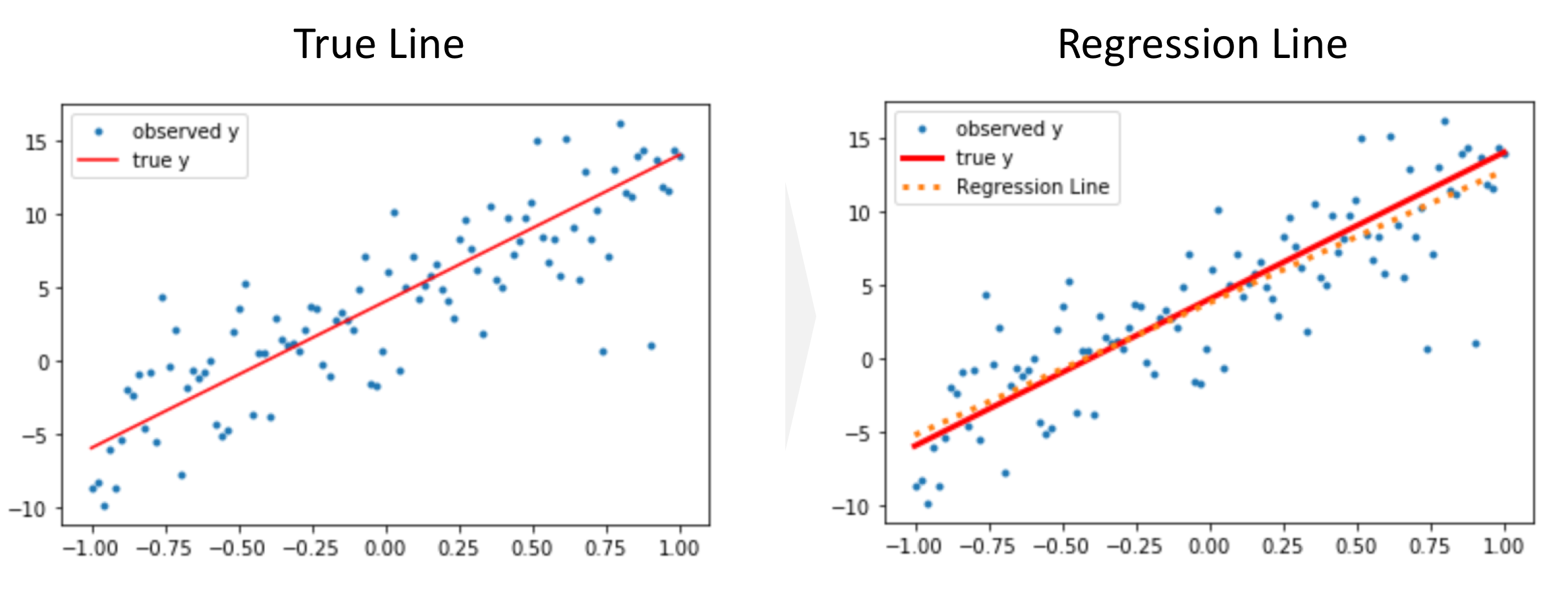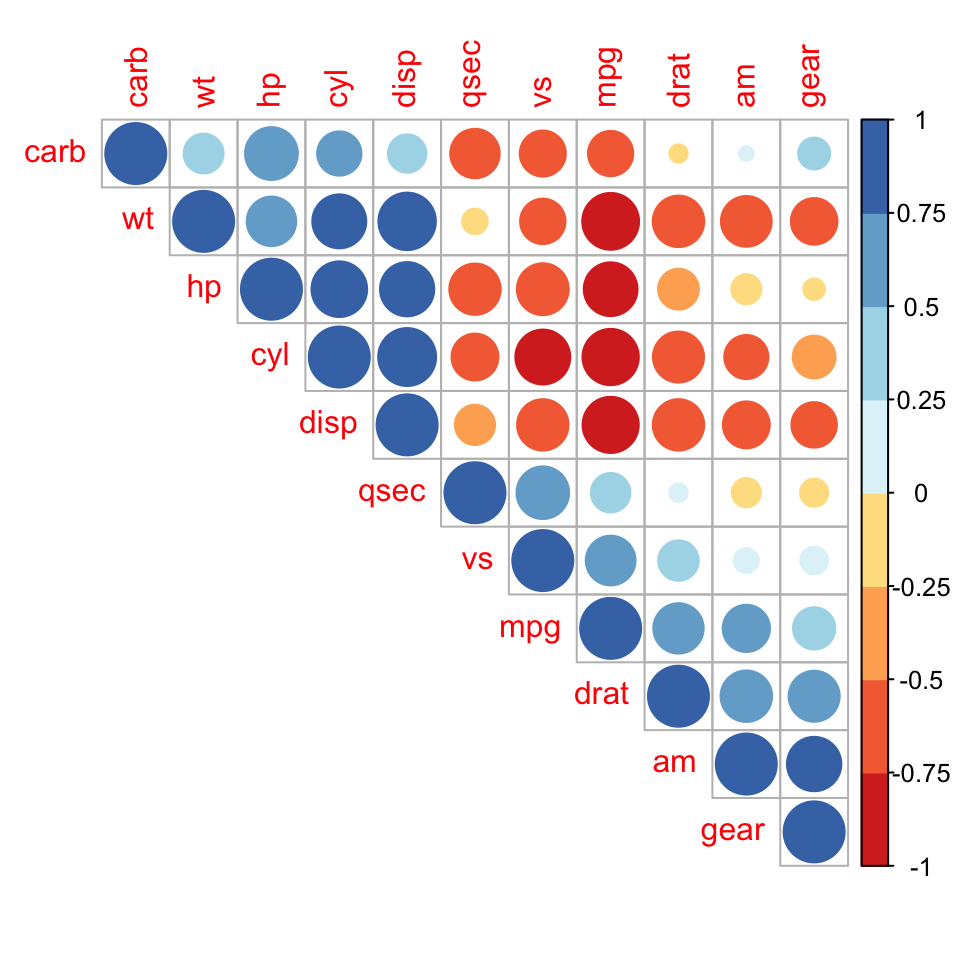
- #R studio regression function and plot pdf#
- #R studio regression function and plot full#
- #R studio regression function and plot plus#
Resid.max: five largest values of the residuals on which the output is sorted VIF: variance inflation factor for each predictor variable Tolerances: tolerance of each predictor variable for collinearity analysis Resid_range: 95% range of normally distributed fitted residualsĬor: correlation matrix of all variables in the model Pvalues: p-values from the t-tests of the estimated coefficientsĬilb: lower bound of 95% confidence interval of estimateĬiub: upper bound of 95% confidence interval of estimateĪnova_model: model df, ss, ms, F-value and p-value Tvalues: t-values of the estimated coefficients for null of 0 Sterrs: standard errors of the estimated coefficients N.keep: number of rows of data retained in the analysisĬoefficients: estimated regression coefficients N.obs: number of rows of data submitted for analysis Out_title_res: ANALYSIS OF RESIDUALS AND INFLUENCEĬall: function call that generated the analysisįormula: model formula that specifies the model Out_title_rel: RELATIONS AMONG THE VARIABLES Separated from the rest of the text output are the major headings, which can then be deleted from custom collations of the output. Out_plots: list of plots generated if more than one Out_Rmd: lists the name and location of the generated Rmd file Out_ref: references if selected on the Regression function call Out_predict: analysis of residuals and influence Out_subsets: R squared adjusted for all (or many) possible subsets Out_cor: correlations among all variables in the model Out_estimates: estimated coefficients, hypothesis tests and confidence intervals Out_background: variables in the model, rows of data and retained The motivation of these two types of output is to facilitate knitr documents, as the name of each piece, preceded by the name of the saved object followed by a \$, can be inserted into the knitr document (see examples). The statistics are numerical values amenable for further analysis, such as to be referenced in a subsequent knitr document. The readable output are character strings such as tables amenable for viewing and interpretation. The components of this object are redesigned in lessR version 3.3 into (a) pieces of text that form the readable output and (b) a variety of statistics. The output can optionally be returned and saved into an R object, otherwise it simply appears at the console. Other parameter values for R function lm which provides the Width=6.5, height=6.5, pdf=FALSE, refs=FALSE, X1.new=NULL, X2.new=NULL, X3.new=NULL, X4.new=NULL, ef=TRUE, graphics=TRUE, scatter.3D=FALSE, Pred.rows=NULL, pred.sort=c("predint", "off"), Res.rows=NULL, res.sort=c("cooks","rstudent","dffits","off"), Text.width=120, brief=getOption("brief"), show.R=FALSE, Interpret=getOption("interpret"), document=getOption("document"),

Results=getOption("results"), explain=getOption("explain"), Usage Regression(my.formula, data=mydata, rows=NULL, See the sections arguments, value and examples for more information.
#R studio regression function and plot plus#
Rmd file in RStudio and click the knit button to create a formatted document that consists of the statistical results plus interpretative comments. Simply specify the option with a file name in quotes, then run the Regression analysis to create the markdown file. Generate a complete R~Markdown file with filetype (.
#R studio regression function and plot pdf#
Doing a knitr analysis is to "knit" these comments and subsequent output together so that the R output is embedded in the resulting document - either html, pdf or Word - by default with explanation and interpretation.

The input instructions to knitr are written comments and interpretation with embedded R code, called R~Markdown. A primary such analysis is with knitr for dynamic report generation, run from R directly or from within RStudio.
#R studio regression function and plot full#
When the output is assigned to an object, such as r in r <- reg(Y ~ X), the full or partial output can be accessed for later analysis and/or viewing. Output is generated into distinct segments by topic, organized and displayed in sequence by default. Specify the model in the function call as an R formula, that is, for a basic model, the response variable followed by a tilde, followed by the list of predictor variables, each pair separated by a plus sign, such as reg(Y ~ X1 + X2). The outputs of these functions are re-arranged and collated.īy default the data exists as a data frame with the default name of mydata, or specify explicitly with the data option. The computations are obtained from the R function lm and related R regression functions. Provides a regression analysis with extensive output, including graphics, from a single, simple function call with many default settings, each of which can be re-specified.

Regression: Regression Analysis Description


 0 kommentar(er)
0 kommentar(er)
